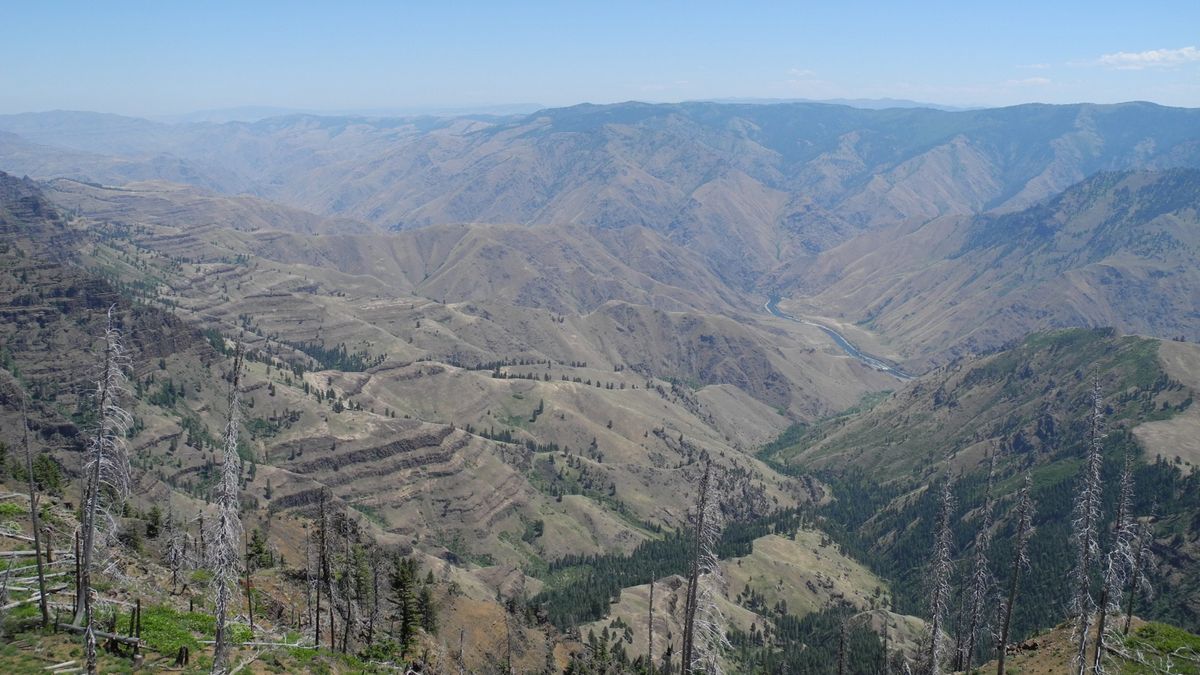Now Reading: Scientists Discover Hidden Set of Deep Roots in Plants
1
-
01
Scientists Discover Hidden Set of Deep Roots in Plants
Scientists Discover Hidden Set of Deep Roots in Plants

Rapid Summary
- new research reveals that around 20% of plants have a hidden second set of deep roots extending over 1 meter below the surface.
- These deeper roots enable plants to access more soil nutrients, like nitrogen, and contribute to underground carbon storage.
- Data was gathered from soil samples across 44 sites spanning diverse ecosystems globally, including tundra and rainforests.
- The phenomenon of “bimodality,” where root mass peaks twice with depth, indicates plants utilize specific conditions to explore and benefit from deep-soil resources.
- findings challenge long-held assumptions about diminishing root systems at greater depths and highlight potential impacts on carbon budgeting related to climate change mitigation.
- researchers emphasize the need for deeper analysis in soil studies, arguing that customary methods may overlook meaningful underground activity.
Image caption: Around 20% of plants have a second set of roots deep underground. (Image credit: EyeEm Mobile GmbH/Getty Images)
Read More
Stay Informed With the Latest & Most Important News
Previous Post
Next Post
Loading Next Post...

























